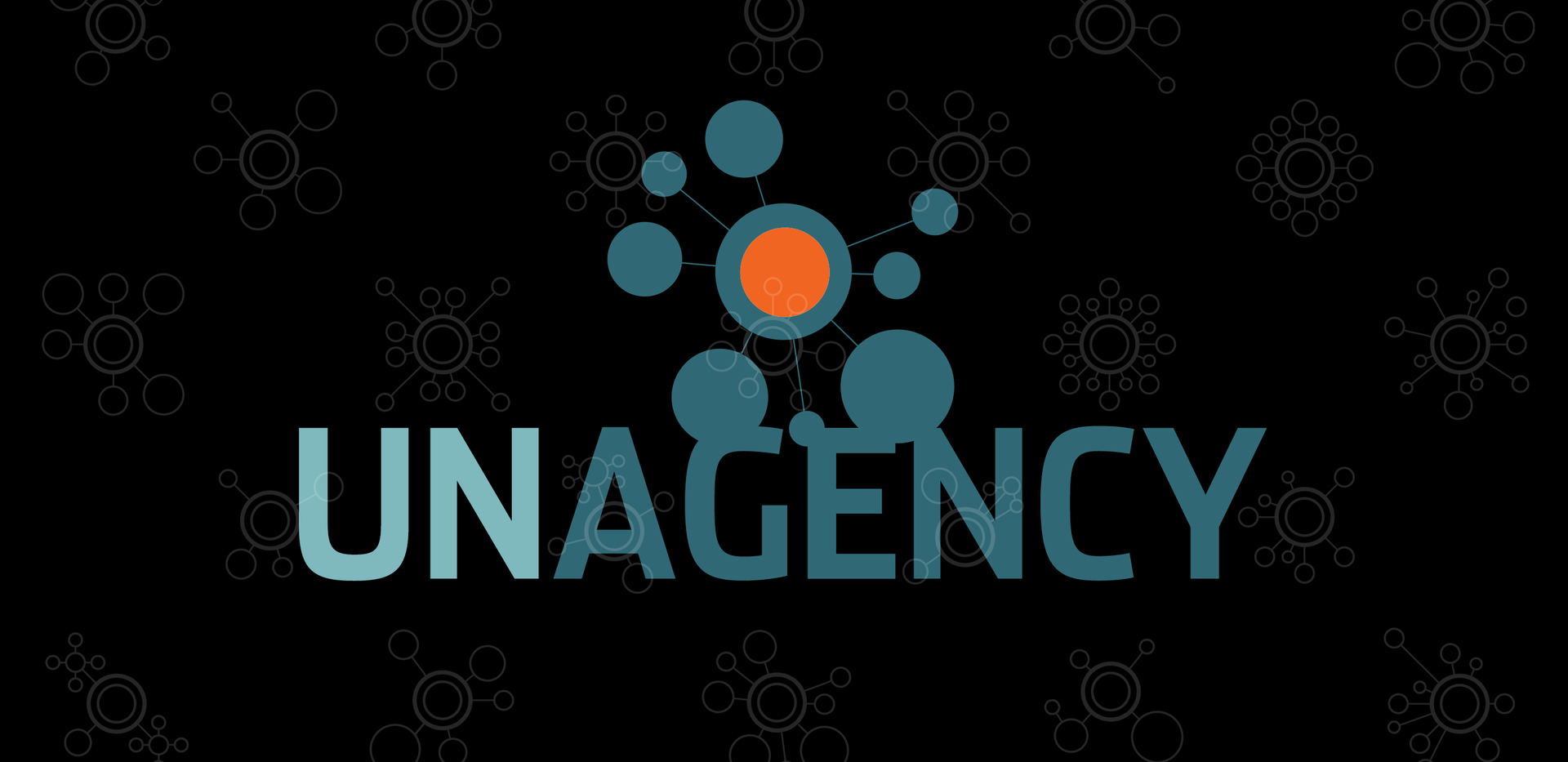Seven years ago, as the principal of Boondock Walker, I made the bold decision to transform our traditional design and web development firm into a modern “unagency.” This shift was driven by a significant evolution in client needs and a clear realization: the traditional agency model is dead and buried. Every sign in the marketing universe pointed to a demand for change, a demand that we embraced wholeheartedly.
The Shift in Client Needs
Over the years, it became increasingly evident that businesses wanted and needed more from their brand, design, and content partners. The complex universe of marketing considerations demanded a select team with diverse expertise and leadership in brand strategy, design, and storytelling. Clients sought a smarter, more agile team tuned clearly into their brand and dedicated to a shared goal. Our response? We tell prospects, “You don’t need an agency. You just need the right team.”
The “Unagency” Model
Our “unagency” model places the client and their brand at the center. We build out a client-specific, cross-functional team based on the client’s brand strategy, with expertise explicitly aligned to that client’s industry, brand strategy, and touchpoints. There are no silos, no B or C teams. We remain deeply invested in the client’s brand, collaborating closely to create, deliver, and manage exceptional brand communications and experiences. Our focus is not limited to what’s in our “wheelhouse” but rather, what’s most effective in growing the client’s brand equity and sales. This model provides clients with access to the most qualified niche professionals, regardless of where they operate. Our fluid teams, comprised of the best, brightest, and most competent, become deeply connected to the client’s brand, no matter where they call home.
Unlike many traditional agencies, we’re not bogged down by layers of hierarchy, administrative b.s., or overly complex processes. We’re entrepreneurs at our core, inherently resourceful, and efficient in creating solutions to complex business problems. Fewer obstacles equal more wins.
Comparing Traditional Agencies to Our Model
- Size and Ownership: Traditional agencies have grown too large, often owned by holding companies, and tend to be overstaffed. Our model maintains a lean, efficient team focused solely on the client’s needs.
- Service Offerings: Traditional agencies offer a Chinese menu of services, from print and broadcast to new media and guerrilla tactics. We build bespoke teams tailored to the specific needs of each client.
- Location and Talent: Traditional agencies attract talent based on the lifestyle, recreational, and scenic attractions of their locations. Our model allows us to tap into global talent pools, ensuring the best fit for each client.
- Strategy vs. Campaign: Traditional agencies are often campaign-driven, while we prioritize a strategy-driven approach, aligning all efforts with the client’s long-term goals.
- Client Relationships: Traditional agency-client relationships are prone to poor communication and mistrust. Clients rarely get full access to their teams, leading to wasted resources and unclear direction. Our unagency model fosters transparency, direct communication, and a strong, trust-based partnership.
- Leadership vs. Followership: Many traditional agencies follow their clients rather than leading them. We strive to guide our clients, focusing on building long-term relationships rather than just chasing billable hours and media buys.
Statistics Highlighting the Shift
- According to a survey by the Association of National Advertisers, 58% of clients feel that their agencies lack strategic leadership and vision.
- A report by Marketing Week revealed that 60% of marketers believe their current agencies are not equipped to meet the demands of modern business.
- The 4A’s (American Association of Advertising Agencies) found that 56% of client-agency relationships suffer due to poor communication and lack of trust.
Why the Traditional Agency Model is Failing
Traditional agencies often operate with a generalist mindset, unable to adapt to the modern approach to digital marketing that demands specialized skills. They tend to focus on short-term campaigns rather than building a strategic foundation that addresses long-term business objectives. This short-sightedness leads to fragmented campaigns and missed KPIs. Additionally, big agencies often assign B or C teams to smaller clients, resulting in generic, ineffective campaigns.
Many traditional agencies are reactive, simply following client briefs without pushing creative or technological boundaries. Their complex structures and significant overheads lead to inflated fee structures that do not align with client needs. Moreover, their siloed approach and reluctance to collaborate with external partners hinder the development of cohesive, effective marketing strategies.
Bridging the Gap: A Progressive, Client-Centric Approach
Modern businesses require a close partnership with a team of experts who share their goals and understand their long-term vision. Our unagency model offers:
- A cross-functional team of seasoned specialists tailored to the client’s industry and brand strategy.
- A focus on the client’s brand as the foundation for all strategic, creative, and technological recommendations.
- Consistent A teams dedicated to deeply understanding the client’s brand and industry.
- A flat, agile structure that fosters creativity and innovation.
- An independent business model with lower overheads, leading to more flexible and cost-effective solutions.
- The ability to collaborate with external partners to ensure seamless execution across multiple platforms.
Looking to the Future: The Unagency Model
At Boondock Walker, we call this progressive and client-centric approach our “unagency” model. We’ve been refining this method for years, supporting clients on a range of branding, design, and storytelling initiatives. If you’re ready to move away from the traditional agency drama and inefficiencies, our unagency model may be exactly what you need to bridge the gap between traditional approaches and modern marketing.
References:
- Association of National Advertisers (ANA)
- Marketing Week
- American Association of Advertising Agencies (4A’s)
By embracing the unagency model, Boondock Walker continues to push the boundaries of what a marketing partner can be, ensuring that our clients receive the best possible service, tailored to their unique needs and goals. If you’re ready for a change, let’s talk and explore how our unagency approach can drive your brand’s success.




